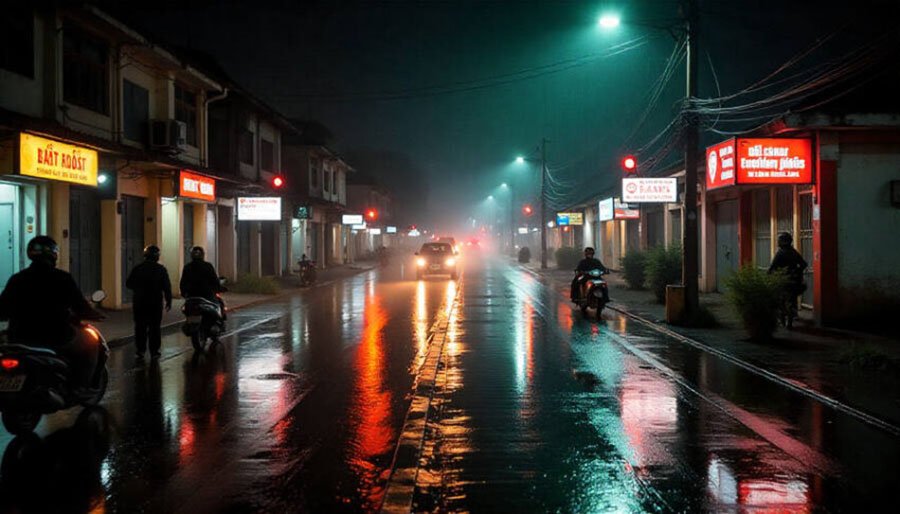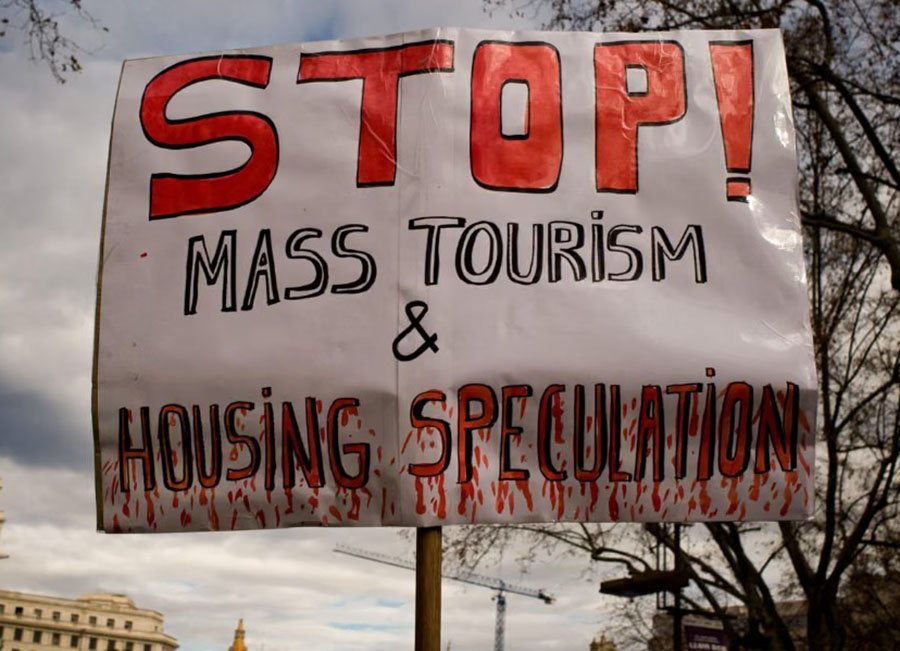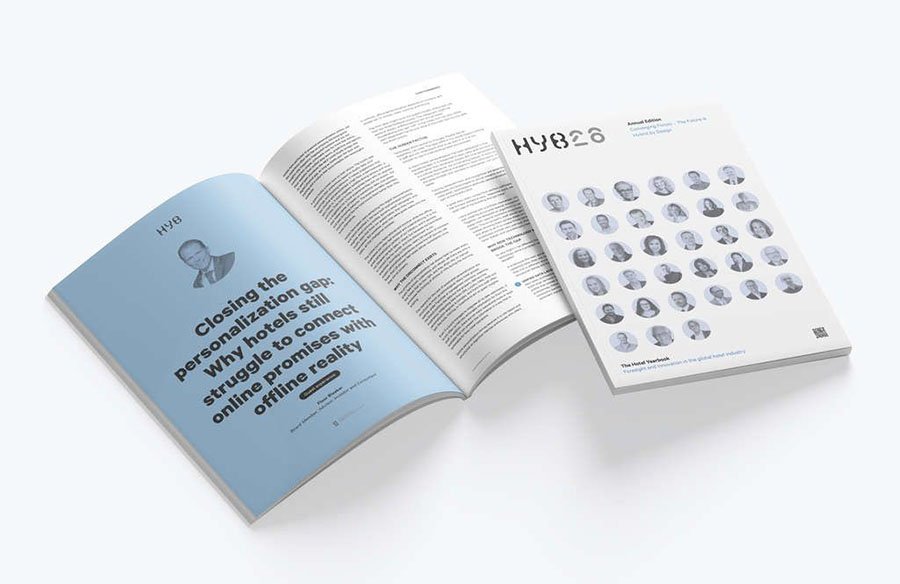Vietnam Hit by Record-Breaking Floods: Tourists Advised to Change Their Plans

Photo: Travelandtourworld.com
Central Vietnam is experiencing one of the most severe flood seasons in recent years: torrential rains intensified by two powerful typhoons have submerged popular tourist destinations and turned travel plans into real challenges, reports Travel and Tour World. Streets, hotels, and residential areas are underwater, and travelers’ plans have literally dissolved in muddy currents.
Central Region Under Water
The peak of the flooding has hit central Vietnam. The tourist cities of Hue, Hoi An, and Danang suffered the most: streets and waterfronts are submerged, traffic is paralyzed, and access to hotels and essential infrastructure is severely restricted. Moving around the city and nearby areas is almost impossible.
In the neighboring provinces of Daklak, Zialai, and Khanhhoa, the situation is no better: rivers have overflowed, residential areas and farmland are flooded, and thousands of residents have been evacuated. In several districts, water levels have broken multi-year records, completely cutting off local communities from emergency services.
Coffee-growing regions in the central highlands have also been hit hard: vast plantations are underwater, increasing economic losses and creating long-term risks for the agricultural sector.
Transport Collapse
Air travel is disrupted. Major airports in Ho Chi Minh City and Hanoi remain open, but Danang is experiencing delays due to heavy rains and flooding. Regional airports are in an even more vulnerable position: Tuyhoa had to be closed for more than 14 hours, and similar situations may recur.
Ground transport has suffered even more: landslides have hit national highways, railway lines are blocked, and buses are being canceled. Travelers are urged to check flight and route statuses in advance — otherwise, they risk ending up in the very “limbo” local authorities warn about.
Casualties and Missing Persons
AP News reports that torrential rains and landslides affecting the central region — from Quang Tri to Lamdong — have brought the death toll in Vietnam to 91. Eleven people are listed as missing. The hardest-hit area is Daklak Province, where 63 residents drowned. Khanhhoa, Lamdong, Zialai, as well as the cities of Danang, Hue, and others, have also been affected. More than 200,000 homes have been flooded, and thousands of buildings damaged.
This year’s rainy season in Vietnam has been officially recognized as the most destructive in the past five decades — rains continued almost nonstop for weeks. The volume of rainfall in the south-central provinces since mid-November broke all historical records.
From January to the end of November, typhoons, floods, and tropical storms have killed or left missing 409 people, with more than 700 injured. The disaster destroyed over 3,700 homes. According to authorities, total damage has already exceeded 85 trillion dong, which is equivalent to about $3.2 billion.
Storm Season Not Over: Advice for Travelers
There are no official travel bans, but authorities stress that the difficult situation will persist. The tropical season (May–November) has been especially severe this year — rains continue intensifying, and storms hit the country one after another. Meteorologists warn of tornado risks, powerful winds, and lightning, especially in the central and northern regions. Travelers are advised to monitor forecasts closely.
Those already in Vietnam should stay in contact with airlines, railway services, hotels, and local authorities. Flight changes, route adjustments, and even temporary evacuations are possible. Those planning a trip should check booking conditions. Many operators offer flexibility in cases of extreme weather, but automatic refunds are not provided, as the government has not issued an official travel warning. Travel insurance may cover trip cancellations or delays — but only if such conditions are included in the policy.
Подсказки: Vietnam, flood, tourism, storm season, weather, heavy rains, travel warning, Asia travel, natural disaster, climate











